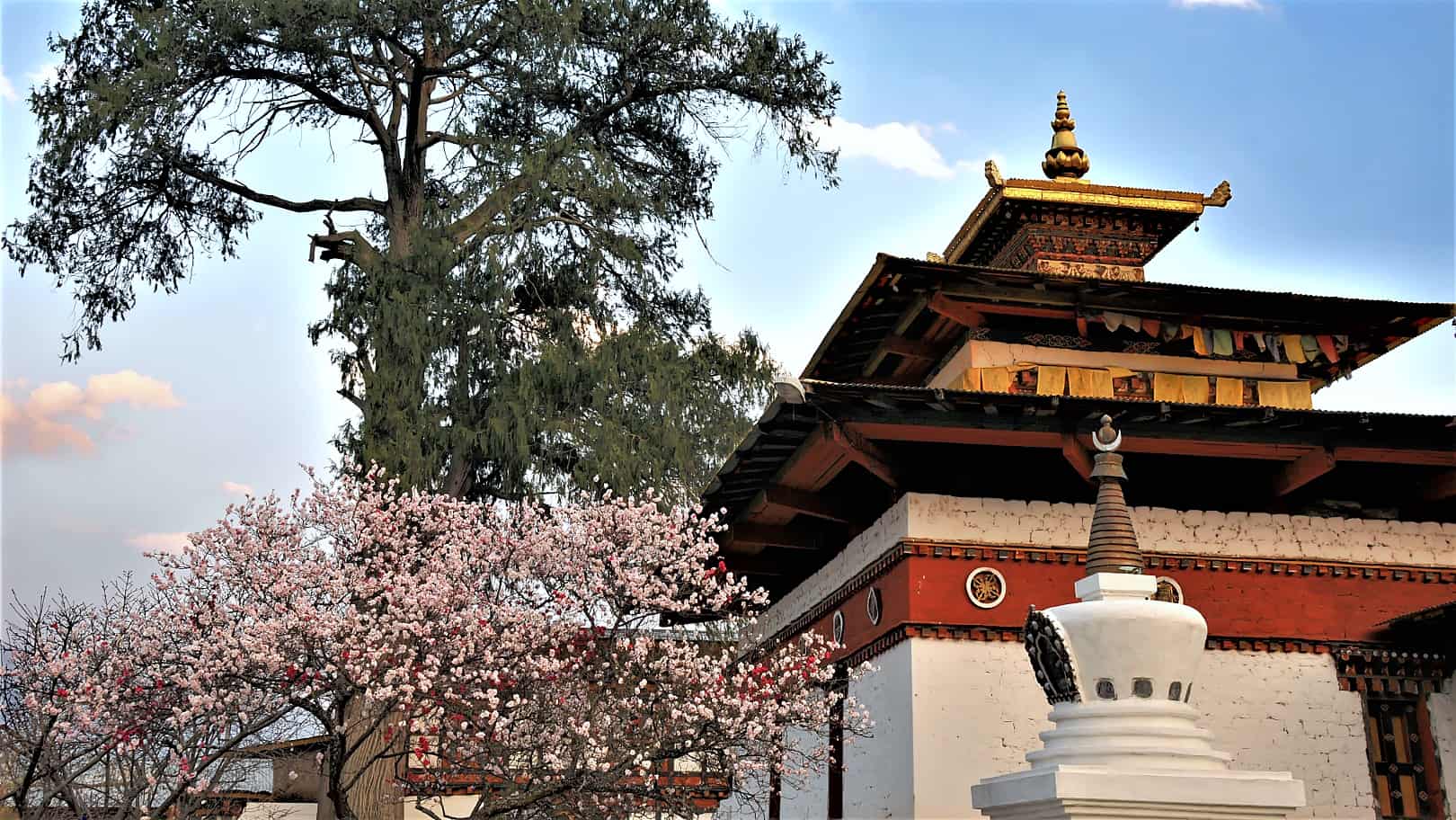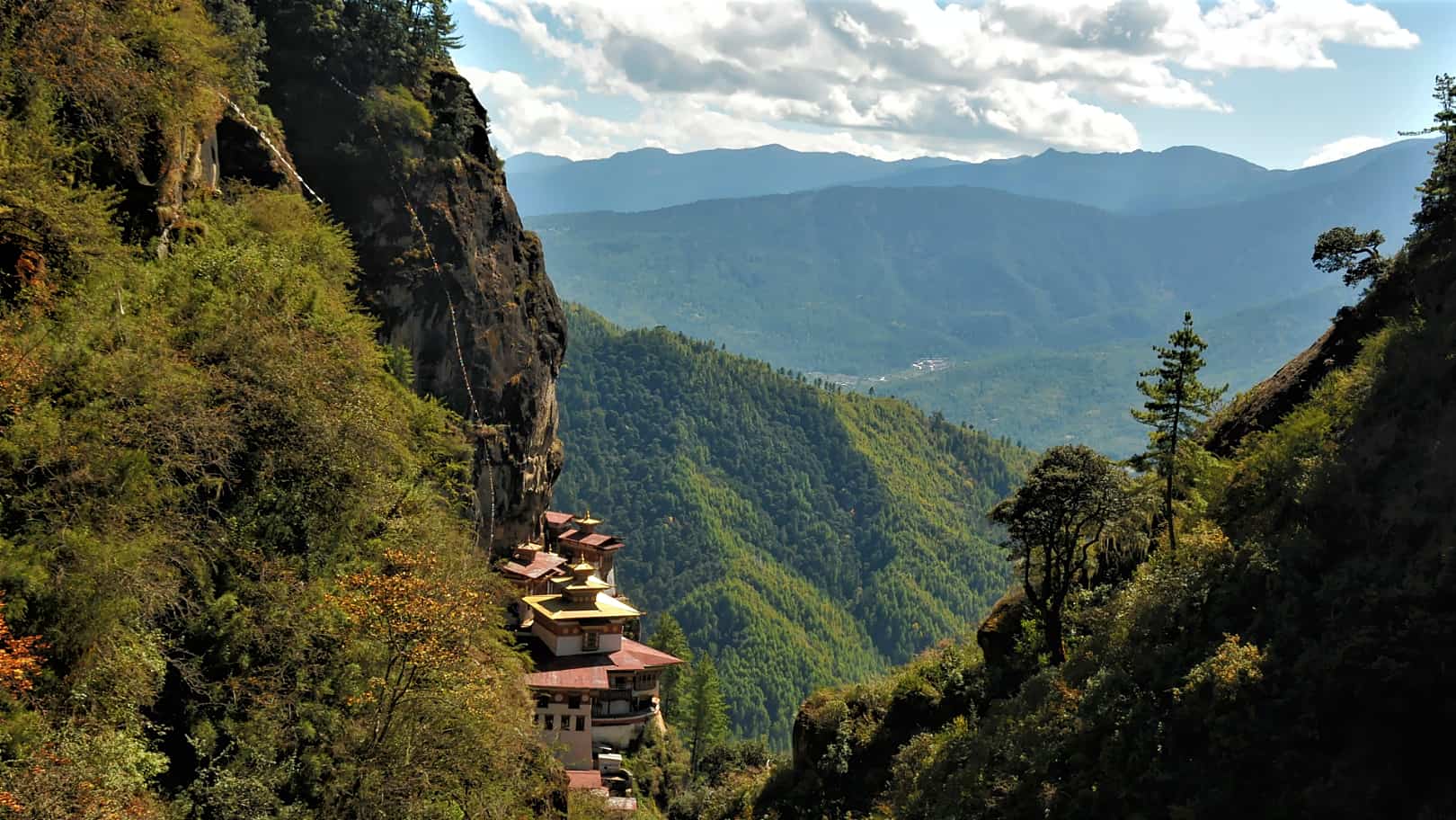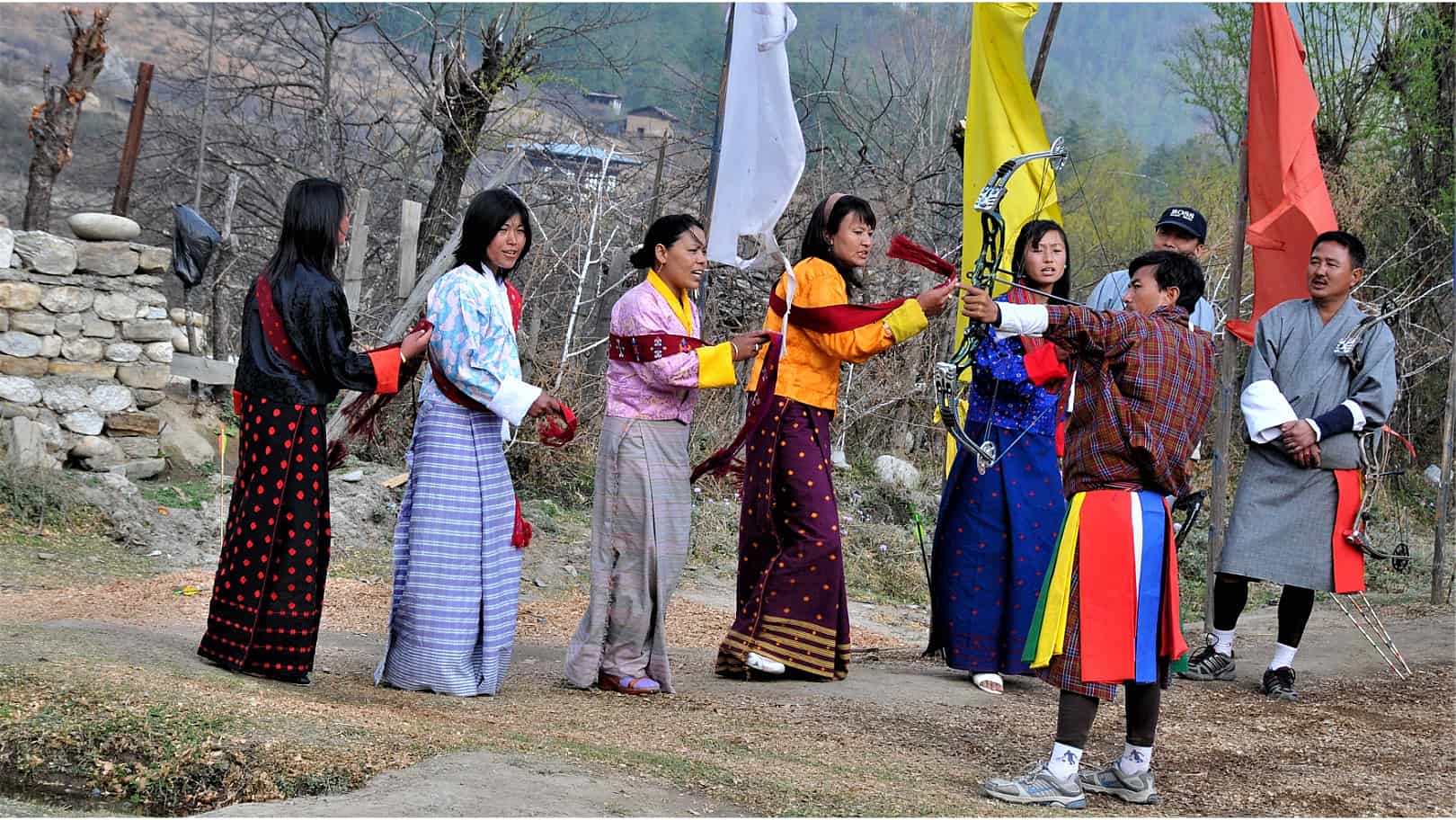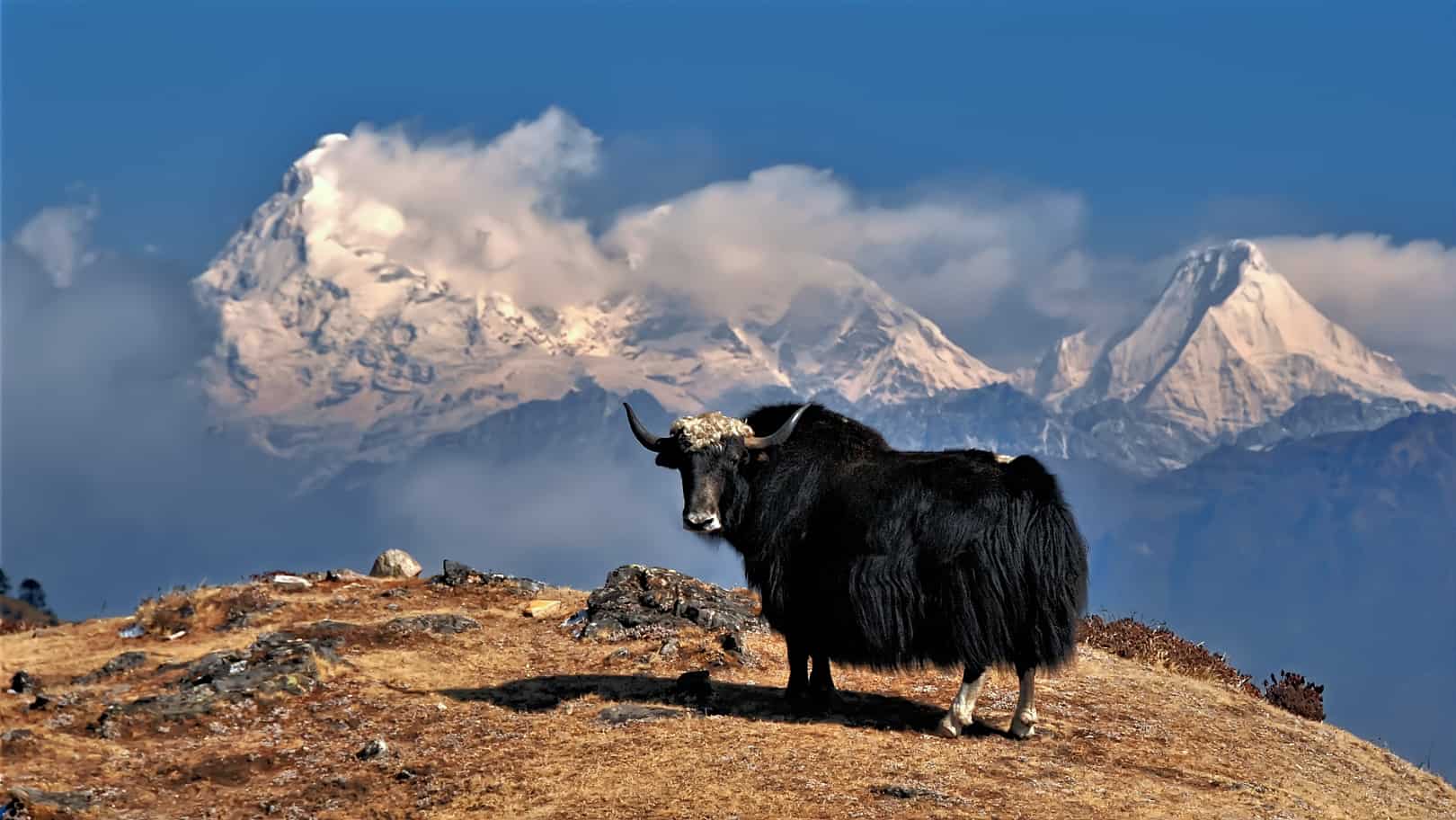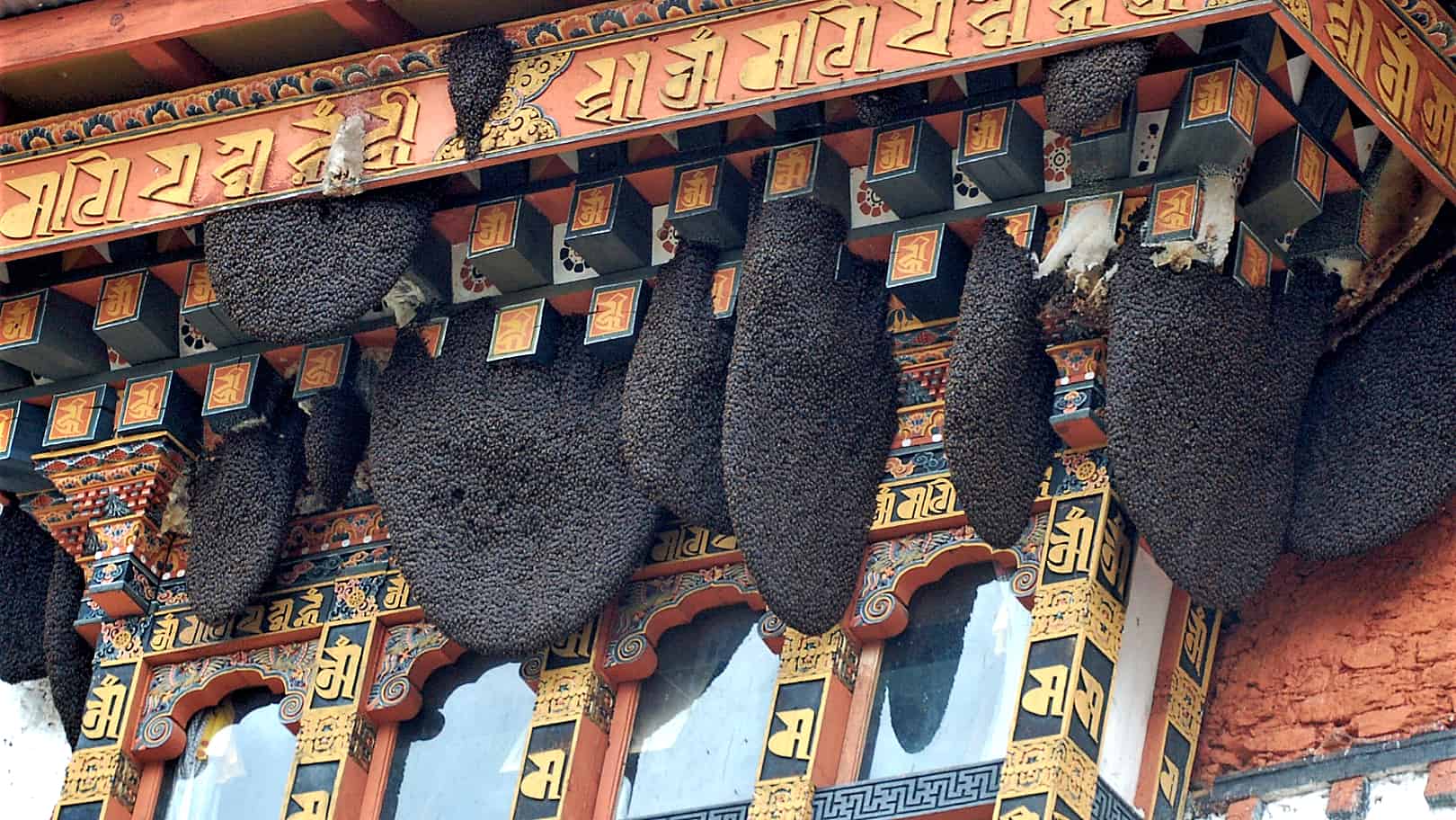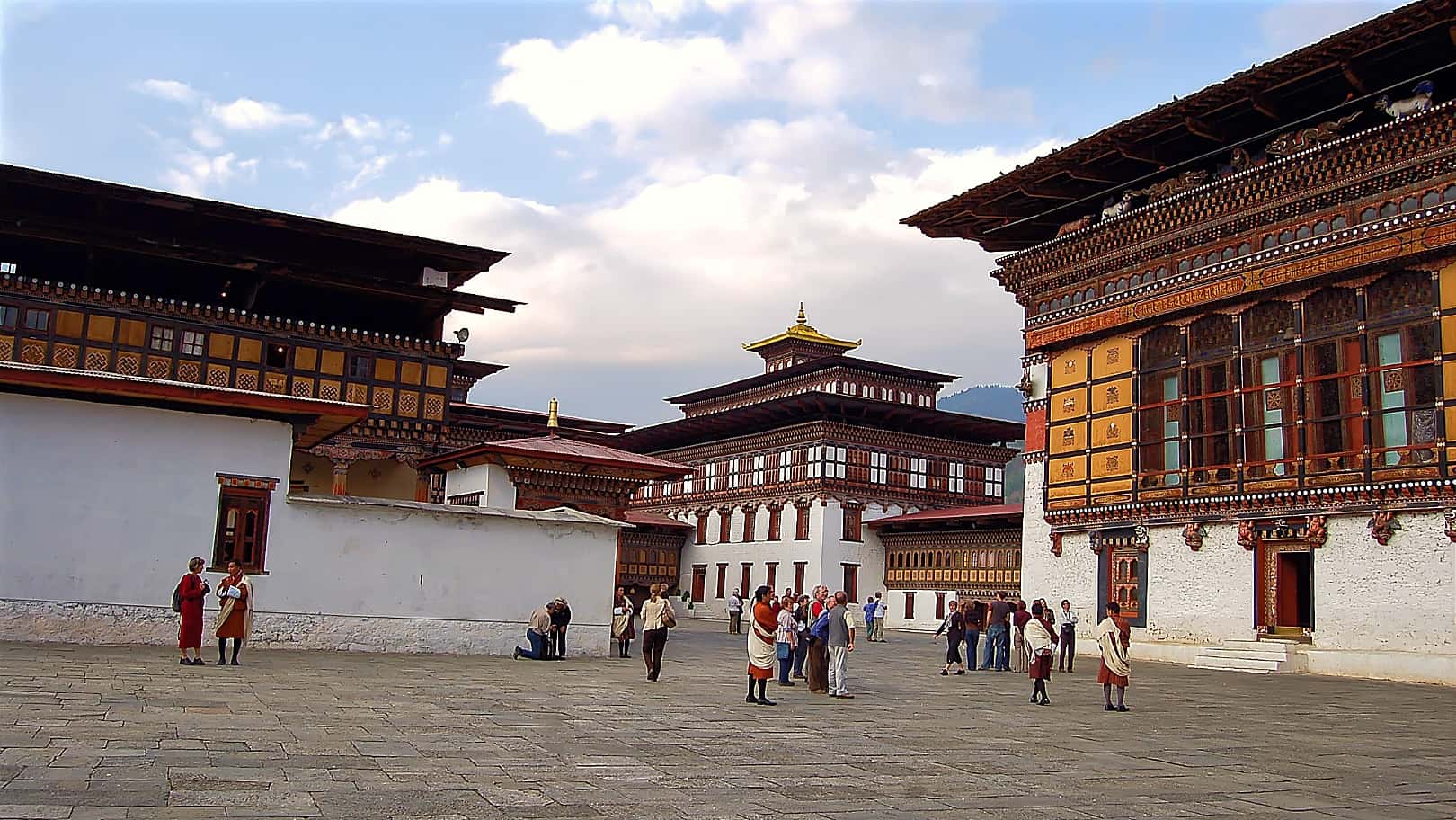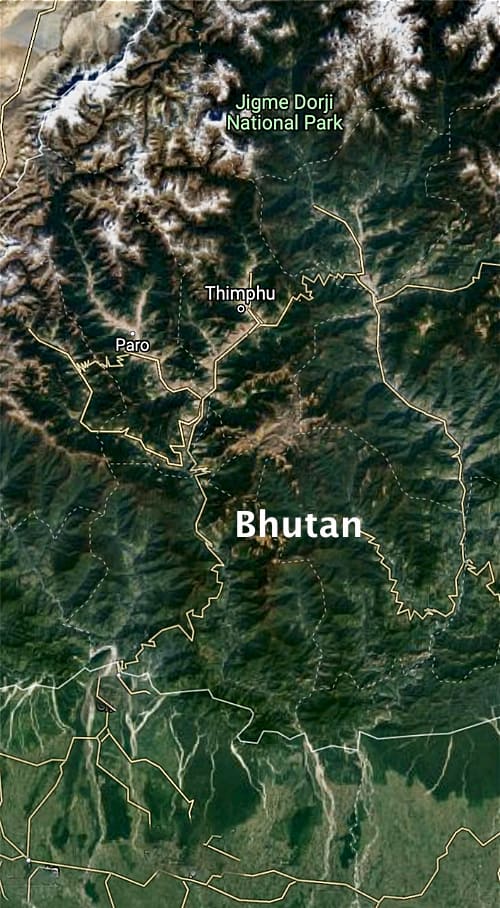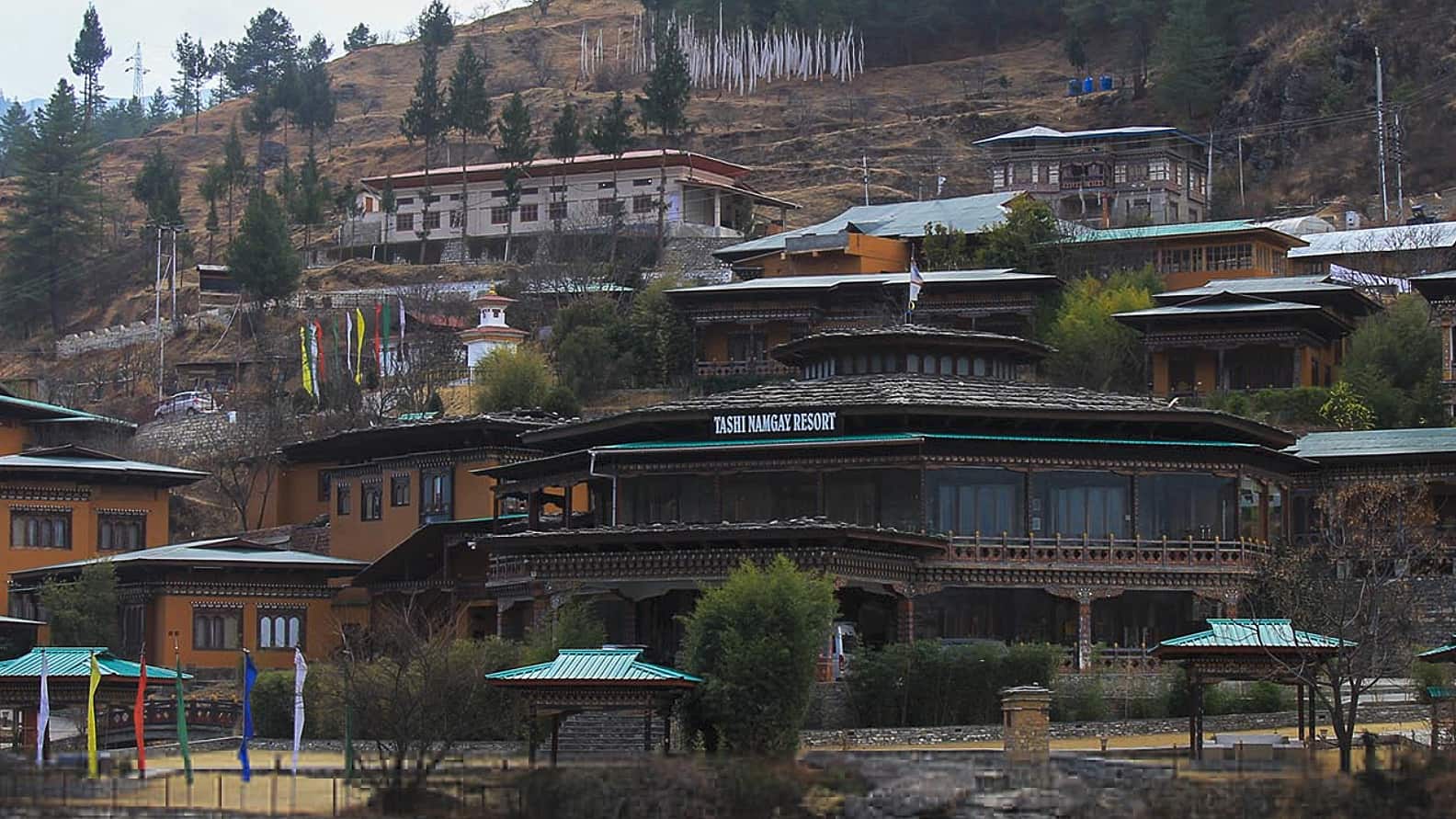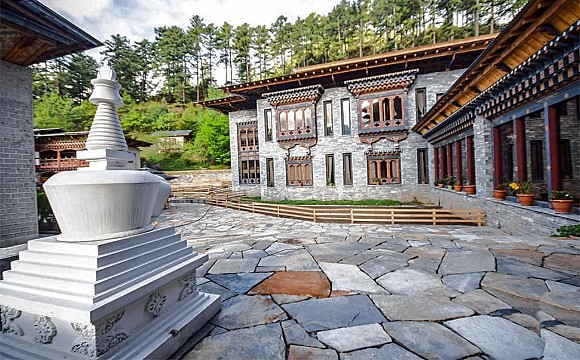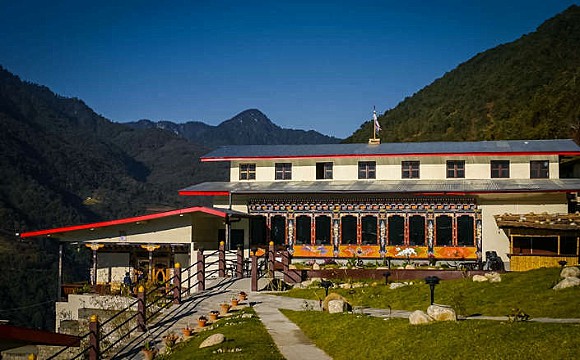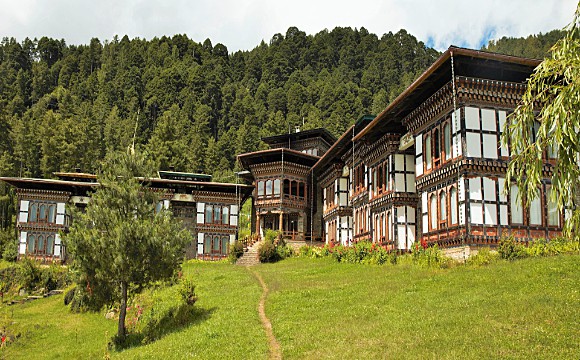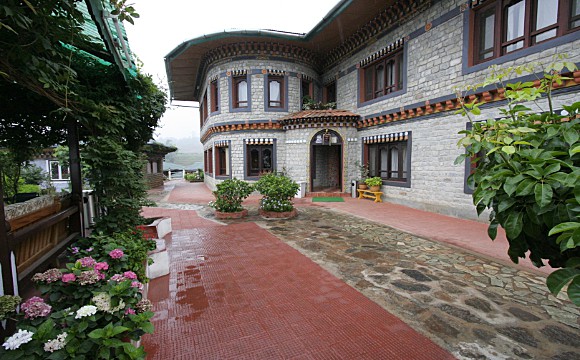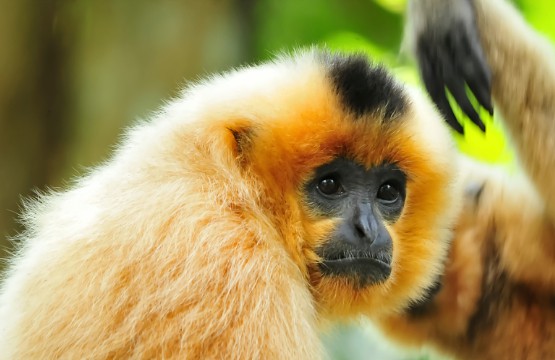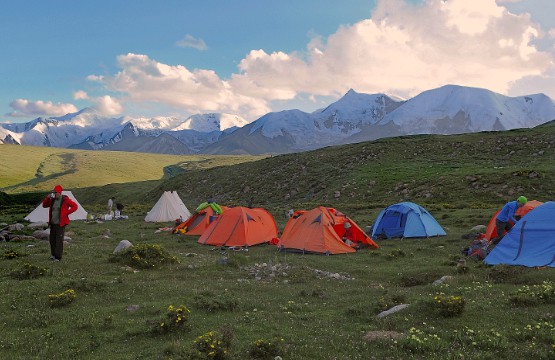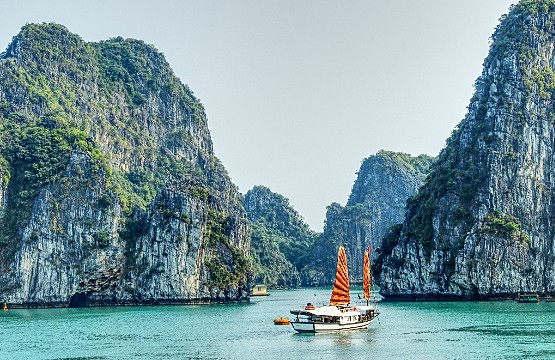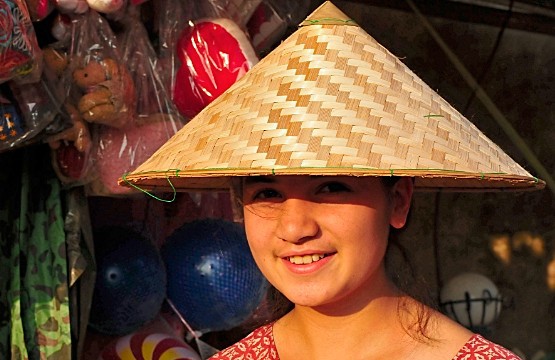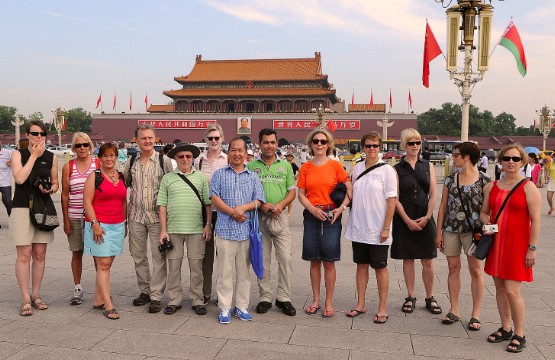Paro Tsechu Monastery Festival
A special highlight awaits us right at the beginning of our journey – the Paro Tshechu Festival. The visit to the most popular monastery festival of Bhutan with its fabulous costumes and mystical dances let us experience the live traditions of the country at first hand. Afterwards, we fly to... More
A special highlight awaits us right at the beginning of our journey – the Paro Tshechu Festival. The visit to the most popular monastery festival of Bhutan with its fabulous costumes and mystical dances let us experience the live traditions of the country at first hand. Afterwards, we fly to the spiritual and cultural heartland – Bumthang in central Bhutan. Open valleys and a gently rolling hilly landscape invite you to go on long hikes. The village of Ura, located in the valley of the same name, is one of the most beautiful in Bhutan. Here you will certainly have to chat with the villagers and learn something about their way of life. On our journey from central to western Bhutan, we visit mighty and impressive monastery castles. A jewel of Buddhist architecture from the The Dzong of Trongsa is considered a jewel of Buddhist architecture of the Middle Ages, the construction of which began in 1543. Tibetan Buddhism is a religious backbone of the country and it links all aspects of cultural life of Bhutan.
In addition to the cultural part of the tour, we will go on some easy hikes through enchanting landscapes, valleys and villages. Towards the end of our trip, the ascent through a fairytale forest to the legendary Tiger’s Nest will be a breathtaking experience. This important pilgrimage site built high above the Paro Valley on a short rocky outcrop. The view of this fascinating monastery complex remains unforgettable. Enter the land of the thunder dragon and let yourself be enchanted!
LessGiving back to the communities is our responsibility!
With every trip, you also support the SWAN and thus projects for Sustainable Community development and Biodiversity protection.
Our primary NGO partner is Social Welfare Association of Nepal (SWAN), with whom we have carried out multiple CSR (Corporate Social Responsibility) projects. Besides carrying out regular CSR activities in the areas of education and women empowerment, we have supported relief and rehabilitation initiatives in the aftermath of several natural disasters like earthquake, immediate response to COVID-19 pandemic across Nepal.
Giving something back to the world is a special and responsible affair of travel-to-nature Asia right from its inception. When you travel with travel-to-nature Asia and SWAN-Nepal, you become an integral force for change in addressing the most pressing social and wildlife conservation issues. Your tourism funds help transform the future of under-privileged and marginalized communities and transform the future of at-risk natural places you travel. Portion of our profit flows to local communities who live with and steward nature, creating jobs and improving livelihoods.
By joining one of our holidays you are playing a vital role in bringing positive changes in the lives of local community.
